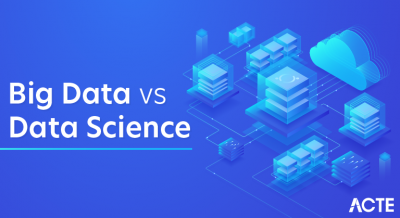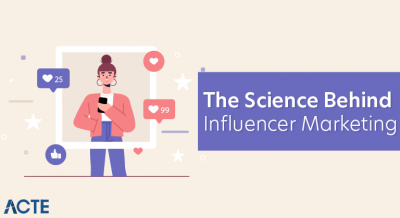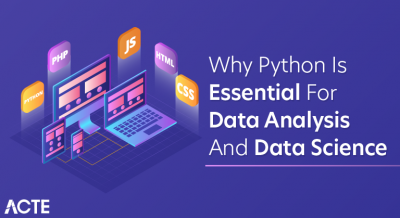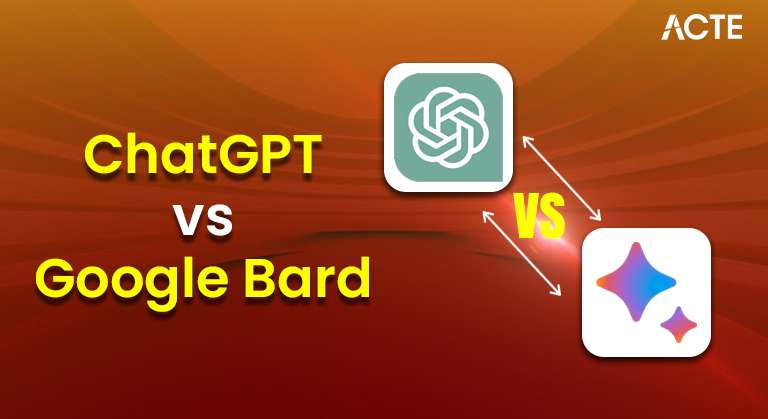
- Overview of ChatGPT and Google Bard
- Differences in Technology and Models
- Training Data and Knowledge Cutoff
- Performance in Text Generation
- Capabilities in Coding Assistance
- Strengths in Creative Writing
- Accuracy and Fact-Checking
- Multimodal Capabilities (Text, Image, Audio)
- Integration with Third-Party Tools
- Pricing and Accessibility
- Privacy and Ethical Considerations
- Which One is Better for Different Use Cases?
Overview of ChatGPT and Google Bard
ChatGPT and Google Bard are two of the most advanced AI language models available today, both designed to handle natural language processing (NLP) and conversational tasks with impressive fluency. Data Science Course Training leverage large-scale machine learning to understand and generate human-like responses, but they are built on different technologies and serve slightly different purposes. ChatGPT, developed by OpenAI, is based on the GPT (Generative Pre-trained Transformer) architecture. The latest version, powered by GPT-4, supports a wide range of features including text and code generation, image creation, and plugin integration. It’s especially popular for creative writing, programming assistance, and use in customized workflows via APIs. Google Bard, developed by Google, originally used the LaMDA model and is now based on Gemini. Bard provides text, image, and audio processing with a strong focus on real-time web access, allowing it to deliver up-to-date information efficiently. It’s ideal for research, quick fact-checking, and leveraging Google’s vast ecosystem of services. While both models aim to enhance productivity, creativity, and research, they differ significantly in terms of functionality, real-time access, integrations, and use case strengths. Choosing between them often depends on whether the priority is in-depth task handling and custom integrations (ChatGPT) or real-time knowledge and Google service compatibility (Bard).
Differences in Technology and Models
The core difference lies in their underlying models and architectures:
- ChatGPT: Based on GPT-4 (Generative Pre-trained Transformer). Uses transformer-based architecture for contextual language generation. Incorporates OpenAI plugins and tools for extended functionality.
- Google Bard: Powered by Gemini (previously LaMDA). Utilizes Neural Architecture Search (NAS) to optimize Mastering Chat Gpt Prompts for Better Results responses. Has direct web access, enabling real-time information retrieval. ChatGPT relies on pre-trained data with limited real-time access (via plugins), whereas Bard has continuous web access for up-to-date information.
- ChatGPT : Trained on a diverse dataset, including books, Wikipedia, web pages, and licensed datasets. Knowledge cutoff: April 2023 for GPT-4. You can access real-time information via the browser plugin.
- Google Bard: Trained in Google service data, public forums, and web content. No static knowledge cutoff; offers real-time information retrieval. Always up-to-date by accessing the web. Key Difference Bard has continuous access to current information, making it more reliable for recent events.
- ChatGPT: Provides coherent, creative, and contextually rich text. Excels at long-form content, structured AI Tools for Coding , and detailed explanations. Offers better narrative consistency in creative writing.
- Google Bard: Generates factual, concise, and direct responses. Better at real-time information retrieval. Sometimes, it lacks narrative depth in more extended responses. ChatGPT is better for creative and in-depth content, while Bard is superior for concise and factual answers.
- ChatGPT: Generates rich and imaginative narratives. Better at poetry, storytelling, and fictional content. Consistent in style and tone over longer texts.
- Google Bard: Provides concise and factual creative content. Effective for short-form writing like taglines or captions.Sometimes, it lacks narrative consistency. ChatGPT is superior for long-form creative writing, while Bard is better for short-form, factual content.
- ChatGPT: It may generate outdated information due to its knowledge cutoff. Requires web access plugins for real-time information. Better at detailed explanations but may contain Ethical Considerations.
- Google Bard: Accesses current Data Science Course Training for fact-checking. More reliable for recent events and real-time information. Occasionally provides incomplete or biased information. ChatGPT excels at detailed and coherent explanations; Bard offers more accurate and current information.
- ChatGPT: Supports Text Generation and image generation (DALL·E 3). Limited to text and image outputs.
- Google Bard: Supports text, image, and audio processing. Allows users to upload pictures and ask questions about them. Handles audio transcription and interpretation. Bard offers audio and image interpretation, making it more versatile for multimodal tasks.
- Free tier: GPT-3.5 model with basic research capabilities.
- Paid tier: GPT-4 access at $20/month (ChatGPT Plus).
- API integration: Based on usage and AI Video Generator Tools.
- Currently free to use.
- No premium tier (yet) offering full access without payment.
- Bard is complimentary, while ChatGPT offers premium features with its paid plan.
- ChatGPT: Follows OpenAI’s privacy policies. Retains user interactions for model training. Offers data controls for privacy-conscious users.
- Google Bard: Google’s privacy policies apply. It uses real-time web data, which may raise privacy concerns. More prone to biased or sponsored results. ChatGPT offers better privacy controls, while Ethical Considerations real-time web access raises privacy concerns.
Learn the fundamentals of Data Science with this Data Science Online Course .
Training Data and Knowledge Cutoff
Both models have different training data sources and knowledge limitations:
Performance in Text Generation
Both models excel in text generation but differ in their style and accuracy:
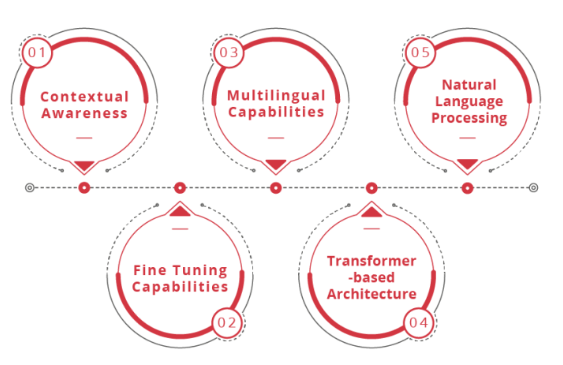
Capabilities in Coding Assistance
Both ChatGPT and Google Bard offer valuable support for coding, though they cater to slightly different needs and strengths. ChatGPT excels in code generation, debugging, and providing step-by-step explanations, making it a powerful tool for both beginners and experienced developers. It supports a wide range of programming languages including Python, JavaScript, C++, and more. Build and Annotate An NLP Corpus Easily Code Interpreter (also known as the Advanced Data Analysis tool) allows users to run complex scripts, analyze datasets, and even visualize outputs, offering a comprehensive environment for hands-on coding and problem-solving. On the other hand, Google Bard offers concise code snippets, helpful explanations, and benefits from real-time access to up-to-date documentation, making it especially useful for quickly referencing the latest libraries, APIs, or syntax changes. While Bard may not offer the same depth in debugging or hands-on analysis, its integration with Google Search gives it an edge in retrieving current and accurate coding resources. ChatGPT provides deeper, more interactive code assistance with rich explanations and live data analysis, whereas Google Bard excels at surfacing the most recent documentation and coding references for quick, up-to-date support.
Dive into Data Science by enrolling in this Data Science Online Course today.
Strengths in Creative Writing
Both models handle creative writing effectively, but with different styles:
Accuracy and Fact-Checking
Accuracy and fact-checking research capabilities vary between the two models:
Multimodal Capabilities (Text, Image, Audio)
Both models have multimodal capabilities, but Bard is more versatile:
Take charge of your Data Science career by enrolling in ACTE’s Data Science Master Program Training Course today!
Integration with Third-Party Tools
Both ChatGPT and Google Bard provide integration with external services, but they differ significantly in scope and flexibility. ChatGPT offers robust plugin support with tools like Expedia, Wolfram Alpha, and Zapier, allowing users to extend its capabilities across travel planning, advanced calculations, task automation, and more. It also integrates seamlessly with code interpreters and browsing tools, making it ideal for developers and researchers. Moreover, Apache Airflow supports API integration, enabling businesses to build custom applications around its capabilities. In contrast, Google Bard is tightly integrated with the Google ecosystem, offering direct access to services like Google Maps, YouTube, and Gmail. However, it currently lacks third-party plugin support, which limits its flexibility beyond Google-based tools. This makes Bard especially useful for users heavily invested in Google’s productivity suite but less adaptable for broader, non-Google workflows.While ChatGPT offers broader third-party API and plugin integration, Google Bard is more optimized for seamless use within Google services
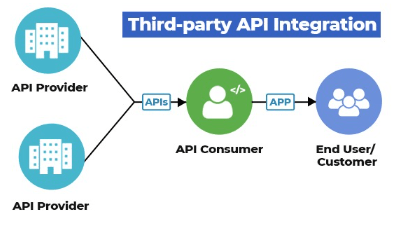
Pricing and Accessibility
ChatGPT:
Google Bard:
Privacy and Ethical Considerations
Both models prioritize user privacy, but with different approaches:
Want to ace your Data Science interview? Read our blog on Data Science Interview Questions and Answers now!
Which One is Better for Different Use Cases?
Both ChatGPT and Google Bard excel in different scenarios, making them suitable for varied user needs. ChatGPT is particularly strong in creative writing, such as generating stories, articles, and other long-form content. Data Science Course Training also highly effective for coding assistance and debugging, offering detailed explanations and guidance for developers. Additionally, ChatGPT supports third-party integrations through plugins, enhancing its utility in customized workflows. On the other hand, Google Bard shines in tasks requiring real-time fact-checking, access to current events, and delivering concise summaries. Its tight integration with Google services like Search and Maps makes it ideal for information retrieval and productivity tasks. Bard also supports multimodal capabilities, allowing it to work across text, images, and audio inputs, offering more diverse interaction options.

